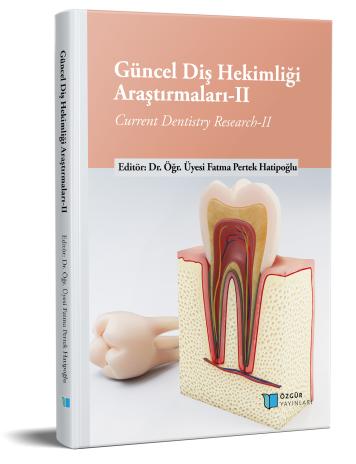
Potential Biomarkers of Bone Tissue
Chapter from the book:
Pertek Hatipoğlu,
F.
(ed.)
2023.
Current Dentistry Research- II.
Synopsis
In all areas of medicine, ideal biodiagnostic markers are sought to indicate the presence of disease before widespread clinical damage occurs. Biomarkers must have high specificity and sensitivity and be easy to use. Biochemical markers of bone tissue are used to evaluate the treatment and prognosis of bone diseases. Bone biomarkers that have been used for a long time have several limitations. To eliminate these limitations, new developments in bone tissue biomarkers have recently been achieved. Periostin, Cathepsin K, Osteoprotegrin(OPG)/ Nuclear Factor-Kappa β (NF-Kβ) receptor activator (RANK)/ NF-Kβ receptor activator ligand (RANKL), Sclerostin, Dickkopf-1(Dkk-1), Fibroblast growth factor 23(FGF-23), micro RNA(miRNA), secreted Frizzled associated proteins (sFRP), Sphingosine-1-phosphate (S1P) are potential current bone biomarkers. These markers may reflect information about bone metabolism.

